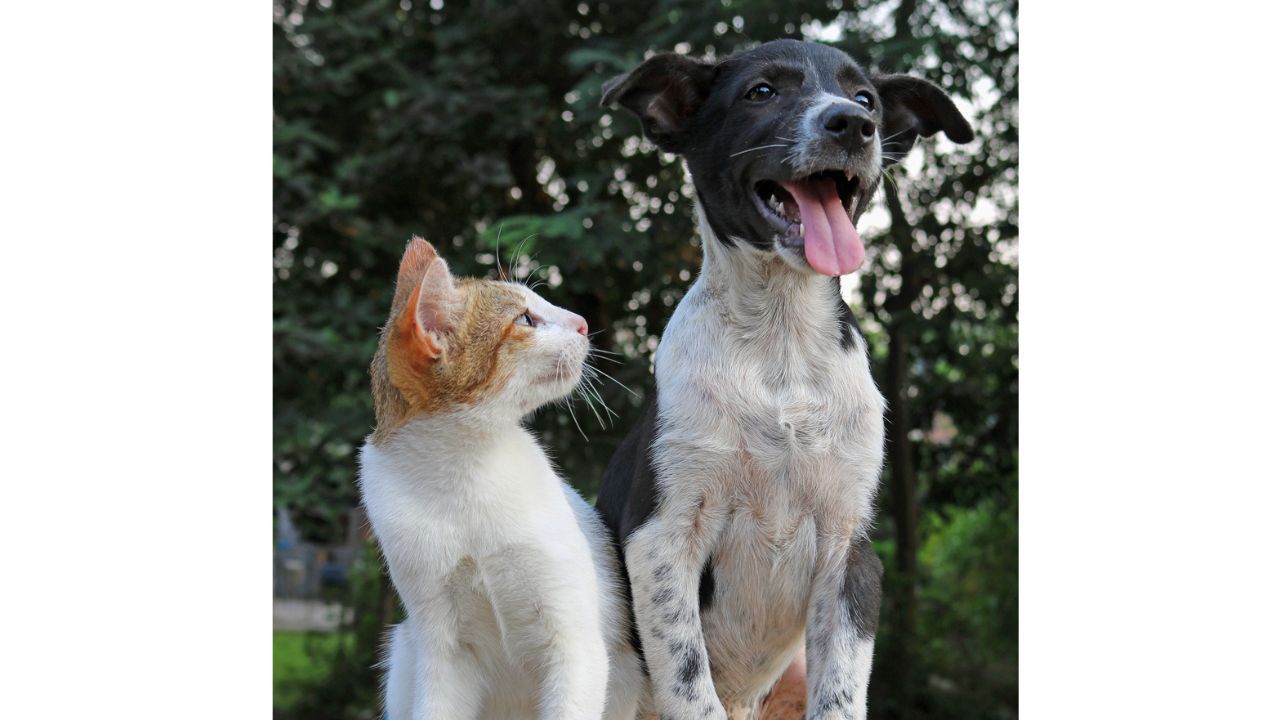What Is Animal Communication & How Does It Work?
Jul 28, 2021
Animal communication. Is this a loaded term? Is an animal communicator a pet psychic? What does psychic mean anyway?
Animal communication is what happens anytime two beings have a conversation.
These two beings could be two homo sapiens - two human beings like you and me. The two beings could be your cat and the neighbor's dog. Or these two beings could be me and my cockatiel or you and your horse.
However, in the more traditional sense, the term animal communicator is generally used to describe a human who talks with non-human animals.
Sometimes, an animal communicator is also called an animal intuitive or a pet psychic.
At some level, it is all just semantics - lots of nouns and adjectives all jumbled together this way and that to add an unnecessary layer of mystery and allure to something that is already sufficiently marvelous and amazing as it is.
By the way, I am an animal communicator.
Personally, I prefer the term animal sensitive because that is what I heard in meditation the day I realized this would be my path. But the terminology I use from one conversation to the next changes depending on my audience. As I have become increasingly fluent in having and facilitating interspecies conversations using methods other than just spoken words, I have found it easier and easier to choose descriptive words based on the other person's level of openness to what I do.
Why do I care whether another human being is okay with the words I choose to describe my profession? In theory, I don't. But in practice, word choice does matter. It matters no matter what the topic of conversation happens to be. Words can hurt and words can heal. Why use a triggering word when a neutral term would do just as well?
So sometimes instead of using the word "psychic" I might use the word "intuitive." Sometimes instead of the term "communicator" I might use the word "sensitive." It just depends on the context of the conversation and the other participant's energy.
But at the end of the day, to me at least, all of these terms lead to home. And home in this case is the opportunity to be a connecting bridge to help an animal and their person talk to each other more clearly and effectively.
This is a sacred trust. I take it very seriously indeed.
When I first began studying methods for facilitating interspecies conversations, I learned that animal communication is accomplished when both participants tap into the universal language of all species. This answered my initial question about how communication can happen in spite of so-called language barriers.
The truth is, we have lots of different languages we can use to communicate with all life! The reason I was confused about how two different species could talk to each other was because at that time I only knew about one kind of language - the kind that I learned to speak and write in school.
Just like humans, all other species also have their own version of this kind of language.
And many species - sperm whales are a great example - even have distinct dialects within their shared species-specific language depending on where they were born, who they grew up with and where they live.
Human animals do too.
But there are many other languages that all species share in common. Seeing. Hearing. Tasting. Touching. Sensing. Feeling. Knowing.These truly universal languages can come together to create a multi-dimensional conversation that is fast and accurate - once you know how to use each type of language to send and receive messages.
One way that some humans like to describe these additional universal languages is by using the term "psychic."
For example, a person who uses the universal language of sight to receive or send messages is using clairvoyance. A person who taps into the universal language of hearing is using clairaudience. A person who taps into the universal language of feeling and sensing is using clairsentience. And a person who taps into the universal language of intuition - knowing - is using claircognizance.
You may notice I'm not saying that the person is "a clairvoyant." This is a deliberate choice. I avoid saying it this way because I personally believe there is no such thing as a clairvoyant versus a non-clairvoyant. This is a universal language. We all have access to it. It's just that not all of us realize that. And among those of us who have had experiences pointing us in the direction of these more sensorily-oriented languages, some of us are excited and want to learn more while others may feel more hesitant, uninterested, averse or even a little scared.
This is absolutely okay. Also, some people who are tuned in and are talking with animals using these language tools prefer to keep their knowledge and experiences private. Others, like me for instance, feel a more public calling to serve others through disciplined study, practice and eventual mastery of animal communication tools. One path is not better than the other. We all have our individual callings and our unique lessons to learn.
The key takeaway to remember is that animal communication is any conversation that takes place between two animals of any species. And it is something all animals can do, including the human animal, homo sapiens....us, you and me.
Are you intrigued by the idea of interspecies communication? Do you sometimes feel like your pet is trying to talk to you? (Hint: they are!) I can help!
Scheduling your pet's animal communication session is fast & easy!
Get a fresh new blog post in your inbox each week PLUS $25 off any pet session with me.
Zero spam. Unsubscribe anytime.

